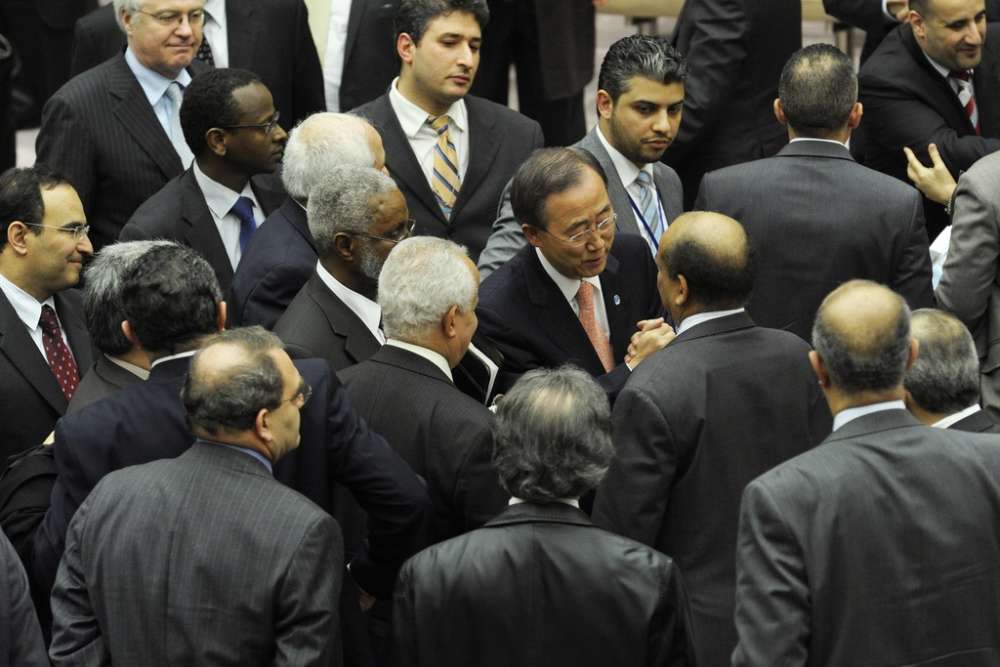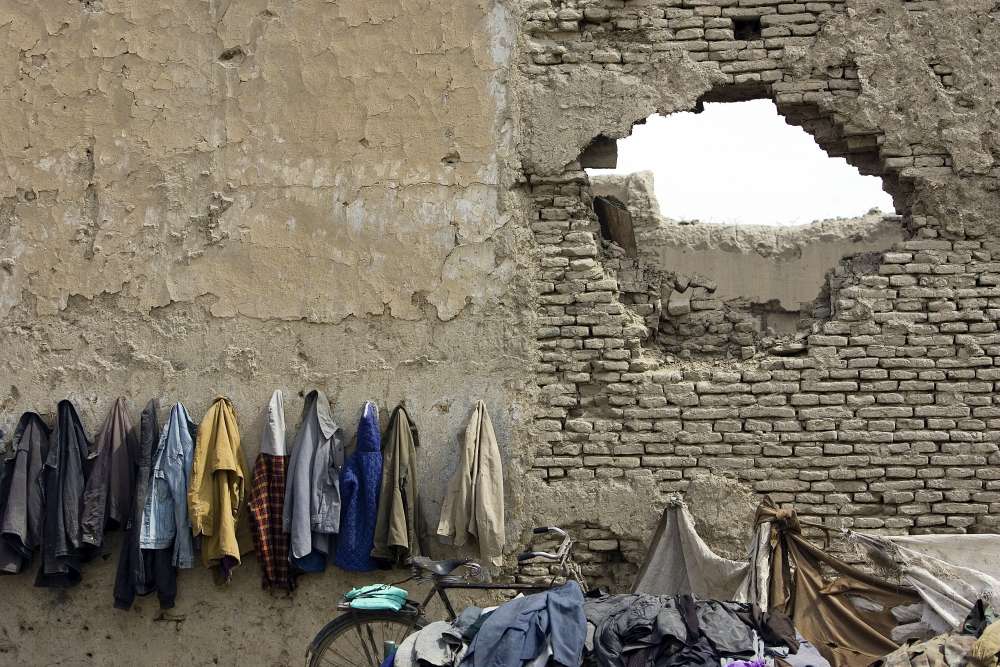The Impact of the Libya Intervention Debates on Norms of Protection

Introduction
Resolution 1973, which authorized military intervention in Libya, marked the first time that the United Nations Security Council explicitly mandated the use of force against a functioning state to prevent imminent atrocity crimes. The debate on the international community’s “responsibility to protect” (R2P) has grown exponentially since the passage of the resolution and the subsequent intervention in Libya. Yet academics and policymakers have drawn different conclusions about what the Libya intervention meant for R2P and norms of protection. Traditional proponents welcomed the intervention as a sign that they had “won the debate.” The director of the Global Centre for the Responsibility to Protect, an advocacy organization, argued that Libya represents “a key turning point in the history of R2P”: the debates changed from a “battle around ideas to a battle around implementation.”
But others highlighted the negative consequences of the intervention’s execution for the credibility of the concept of R2P. These critics emphasized that Libya proved that R2P could be abused, and they highlighted the negative impact of the Libya intervention on the international response to the crisis in Syria. “In Libya force almost immediately followed the ultimatums issued to [Muammar] Qaddafi; for all intents and purposes, R2P was NATO-ized,” argued journalist David Rieff in the New York Times. “As a result, everywhere outside Western Europe and North America, R2P is losing what little ethical credibility it ever commanded.”
Overall, Resolution 1973 and the excessive interpretation of the mandate by the intervening coalition have since been hailed as proof that R2P has become an established international norm, as well as decried as the beginning of its end. “Both sides of the debate will eagerly cite Libya the next time mass murder seems imminent”, The Economist summarized just two months after the start of the intervention. “A lot rides on this war — and not just for the Libyans.”
In much of the literature on R2P immediately following the Libya intervention, the language used to describe the concept suggests a linear evolution of the norm: R2P is either “alive” or “dead”, it has “arrived” or will need to “Rest in Peace.” In the past few years, more nuanced analysis on the impact of the Libya intervention on R2P has emerged. Jennifer Welsh, Justin Morris and Edward Newman, among others, have provided more balanced views. This article adds to these voices by arguing that a thorough analysis of the debate around the Libya intervention on R2P demonstrates that the debate’s impact is more complex and multi-directional than the “R2P: dead or alive?” dichotomy suggests.
The intervention reignited a discussion that has lain at the heart of R2P since its inception: when and how force should be used to protect populations, against the will of a functioning state. The intervention showed that, on the one hand, there are circumstances in which UN member states — including the veto powers Russia and China — could agree that the use of force is an adequate tool for protecting civilians from an imminent threat, even if this force was used without the approval of their government. This demonstration that such a situation was in fact possible and the ensuing debates on R2P contributed to an increased familiarity with the concept of R2P around the world. On the other hand, the debates on Libya revealed the persisting disagreements within the international community on the way in which force should be used to achieve the protection of civilians.
The controversy around regime change in Libya inspired a new coalition of actors in the debates on R2P and norms of protection. Those actors that support R2P because they endorse the idea of human security and of focusing on protecting individuals rather than the rights of states — including parts of the European Union, non-governmental organizations (NGOs) that advocate for R2P and many academics — joined the actors in opposition to the leaders of the NATO intervention, who had long been suspicious of R2P because they saw its potential for abuse. This new coalition sparked a more focused discussion on the role of the use of force to protect civilians. While the controversies regarding Libya exacerbated the Security Council deadlock over Syria, the council has since mandated the use of force more often than ever before in such a short period for peacekeeping and peace enforcement operations that involve the protection of civilians in Mali, South Sudan, the Central African Republic and the Democratic Republic of the Congo. In short, the norm was affected by the Libya intervention, but not in a single, linear direction.
This article examines the impact of the Libya intervention on R2P — and norms of protection on the prevention of atrocity crimes more generally — in three parts. First, we briefly review the course of events leading to the passage of Resolution 1973 and the intervention that followed. Second, we examine the arguments that were put forward during the Libya debates on the role of the use of force to protect civilians, against the will of a functioning state. Third, we discuss how these debates impacted R2P and norms of protection.
The full article is available from Global Society.







